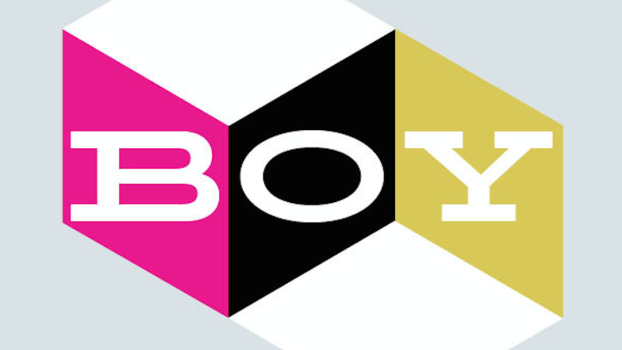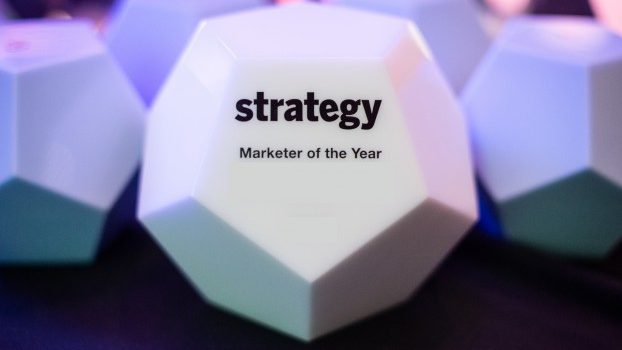By Andrew Au
The coronavirus pandemic delivered an unprecedented shock to our workplaces and marketplaces, changing how we work, live and play.
For marketplaces, what, why and how consumers are buying has changed. People are going local and they’re embracing ecommerce. During the month of May, online purchases more than doubled year-over-year reaching a record $3.9 billion, according to Statistics Canada.
But the workplace has also been reconstructed. The widespread shift to work-from-home allowed us to save our commute and increase our focus time. However, it’s also brought new challenges such as building a company culture remotely.
As we prepare for the new economy, we must reorient our relationship with our colleagues and our customers. From sitting down with marketing leadership teams across technology, financial services, logistics, retail and automotive sectors, I’ve observed five main strategies organizations are deploying to respond to the now and prepare for what’s next.
1. Focusing on culture.
Working remotely, we may feel more productive, but it comes at a cost. Physical isolation can perpetuate silos and reduce team cohesion. A study by Microsoft uncovered that nearly 60% of people feel less connected to their colleagues compared to pre-pandemic.
Every organization has a different culture, but one universal truth is that simply “hanging out” is not culture. Get-togethers on the Houseparty app does not solve the culture conundrum. True culture building starts with creating new rituals that activate your company values.
For example, if your organization anchors in innovation, consider hosting “Friday Failure” sessions where your team shares initiatives that have gone awry. This authentic, open sharing session will serve to incentivize the right behaviours vs. the right outcomes – a key ingredient in successful innovation.
2. Breaking down silos, internally and externally.
Physical distance has exacerbated organizational silos. Yet, it’s more important than ever to ensure work flows seamlessly across departments and agency partners.
Organizations are adopting new productivity hubs, like Microsoft Teams, that allow for fluid interactions and impromptu check-ins internally and across external stakeholders, without compromising compliance or security.
They’re also implementing new brainstorming tools to support creative workflows like mind map software to re-create the “whiteboard experience.”
3. Ratcheting up martech usage.
As the customer relationship re-orients around digital, marketing leaders are expanding their use of existing martech tools, specifically sales cloud, marketing cloud, data management platforms, and customer data platforms.
A common realization is that organizations have been using less than 10% of the tools’ capability and that grooming their diverse data landscape is an important first step.
4. Expanding team skillsets.
The pandemic created a natural reflection point to assess the bench. Marketing leaders are taking this reset moment to invest in developing new skills and development across their teams.
For example, we are deepening our expertise in “no code, low code” platforms to create proprietary solutions that streamline campaign reporting, guide account planning and automate industry research. All without writing a single line of code.
5. Evolving agency relationships.
Now is the time you require an elevated vantage point to see and adapt to what’s ahead. In response to hiring freezes and the need for new capabilities, organizations are exploring new agency engagement models.
We’ve constructed agency-led “pods” for our clients that bring together dedicated sales and marketing resources, from the agency and the client, who are focused on solving specific business objectives. This dedicated resourcing model enables concentrated sprints and more fluid workflows that lead to better business outcomes.
The Great Realization is upon us. The needs and expectations of our customers and employees are evolving rapidly.
Now is not the time to think about going back to business. It’s the time to rethink the business from the ground up. And, in doing so, we must maintain both a customer-centric and employee-centric mindset to be successful.
Andrew Au is co-founder and president of the Intercept Group.
























